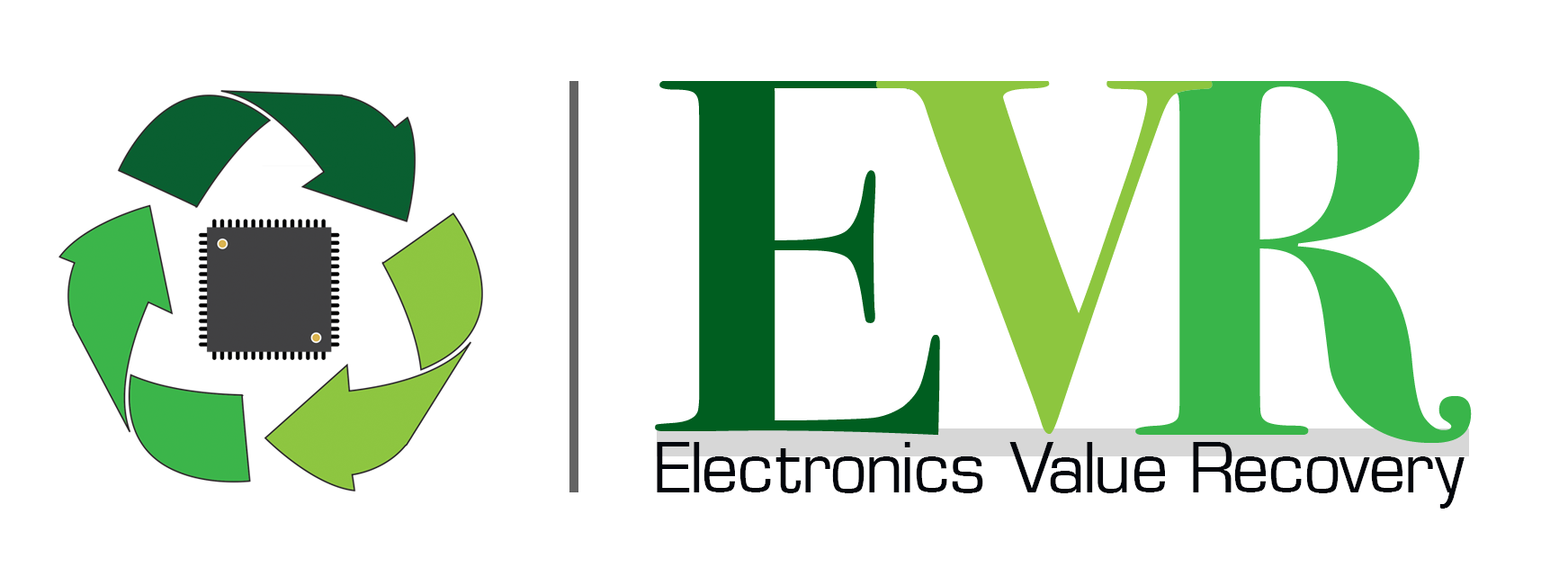
Spring is full of occasions to celebrate rebirth, renewal, refurbishing and recycling. Then suddenly, the rush of graduations, weddings, and vacations begins. Until the heat sets in, reminding us that climate change is still with us, the environment is no longer top of mind for most of us.
Photo by Kenneth K. Lam The Baltimore Sun
Most, but not all. In addition to those of us directly involved in traditional recycling fields, there are many engaged is less traditional recycling and refurbishing endeavors. Here’s another Maryland Connection.
Reclaimed Wood Used to Restore the Mildred Belle
The 1948 Mildred Belle’s horn timber, which is the backbone of the stern, is being restored with beams recovered from South Baltimore’s Locke Insulators plant. She’s a Chesapeake Bay “buy boat” now owned by Living Classrooms and used for education. A “buy boat” served as a middleman for the fishing boats. These boats took crabs and oysters from the harvesters on the water to the marketers on land. She was also a fishing boat in her own right and a charter boat for bay cruises.
According to Living Classroom’s fleet captain, finding wood to refurbish an old boat is hard. The wood when she was built was harvested from old growth forests and was denser and more resistant to rot. Today’s wood is from tree farms and does not have the same characteristics, even if it is the same species.
Locke Insulators
Locke made ceramic insulators for electric utility equipment and closed in 2017. The property is being developed for residential use by the same company that developed the former paper mill, Chesapeake Paperboard. Read more about the restoration of the Mildred Bell and the redevelopment of the area in the Baltimore Sun article.
Baltimore City Recycling Requirements
In Baltimore, if a demolition yields more than five tons of material, 30% must be delivered to a recycling facility. Multiple organizations in the Baltimore area accept residential and commercial building materials, like doors, windows, fixtures and paint. In addition to being less expensive most of the time, they provide the opportunity to incorporate something unique and sometimes a piece of local history into your home. Here are three local organizations to help:
Habitat for Humanity – Chesapeake / ReStore
Habitat for Humanity is a global non-profit housing organization working in local communities. Their vision is a world where everyone has a decent place to live. Habitat for Humanity Chesapeake is one of 1400 local affiliates around the world working to meet the needs of the local community served. Since 1982, they have built and renovated more than 750 homes in 18 Maryland communities. They operate six ReStores that sell new and gently used furniture, building materials, appliances and more at discounted prices. While open to the public be sure to check their “do’s & don’ts” and call for an appointment if you have a donation. They also administer a workforce development program, HabiCorps.
The Loading Dock
The Loading Dock, a.k.a. TLD, is the nation’s first self-sufficient non-profit building material re-use center. Their mission is two-fold: provide affordable building material for housing and community development and redirect material from the waste stream to a more productive and better use. Contractors, distributors, manufacturers and homeowners donate. This saves them dumping fees, keeps the material out of the waste stream and they may earn tax and/or LEED (Leadership in Energy and Environmental Design) credits. Housing organizations, neighborhood improvement groups, community centers, senior centers and day cares have access to the items for a nominal fee. Each year, TLD redirects over 700 truckloads of material from the waste stream. Since their founding in 1984, they’ve given 17,000 truckloads of material a second life.
Second Chance
Speaking of seconds, Second Chance is the most recent organization to divert material from landfills and incinerators to provide people, materials and the environment a second chance. They deconstruct buildings and homes and salvage useable materials. Together with other donations, they sell the items to the public from their cavernous 200,000 square foot retail center. With the proceeds from the sales, they provide job training and workforce development for those with various employment challenges in the Baltimore region. This is the place to cool off on a hot, humid Baltimore day!
Circular Economy
Hobbyists and home decorators have been refurbishing and re-imagining household items and building materials forever. Over the past 30 years, businesses which approach “waste” as a resource have developed models that help both people and the planet. Let’s keep moving towards a more sustainable circular economy.


